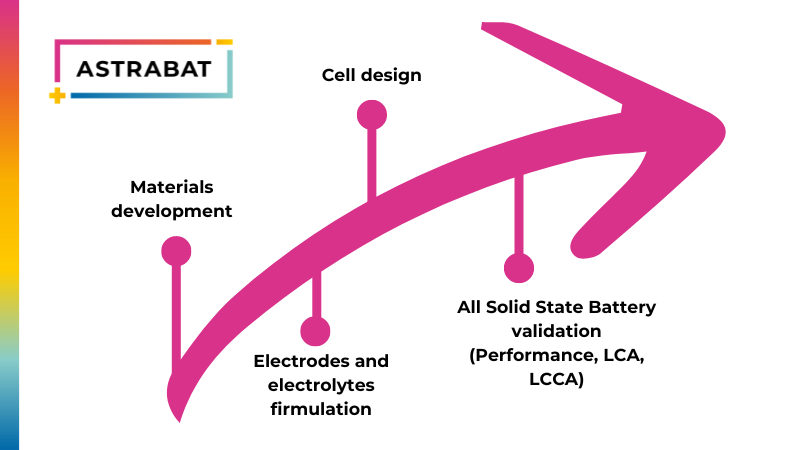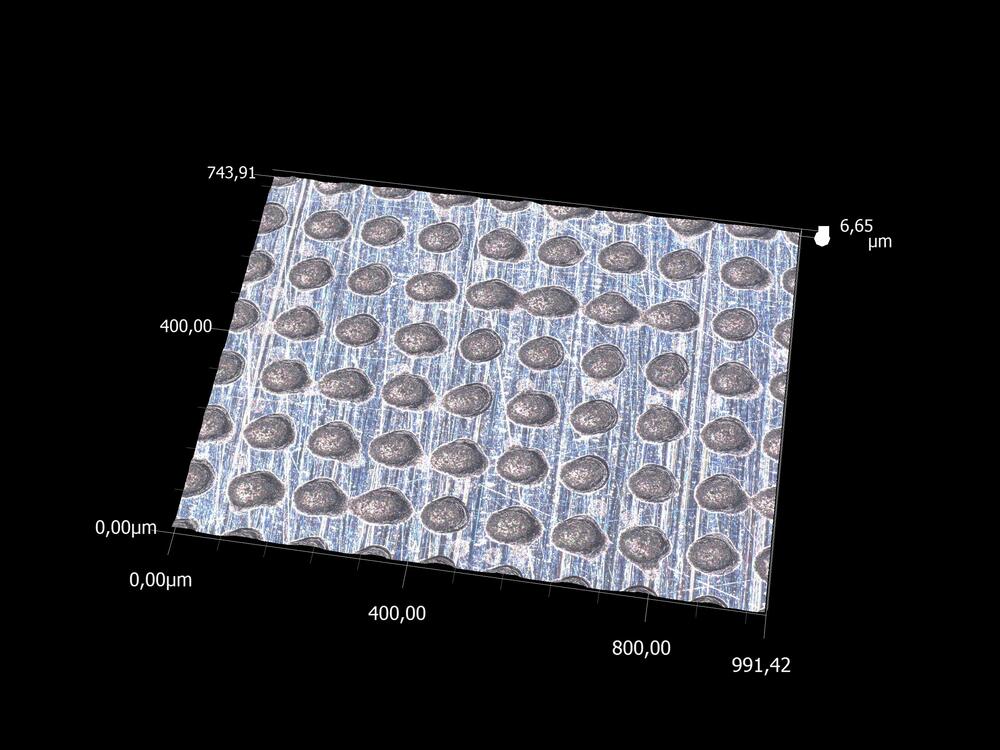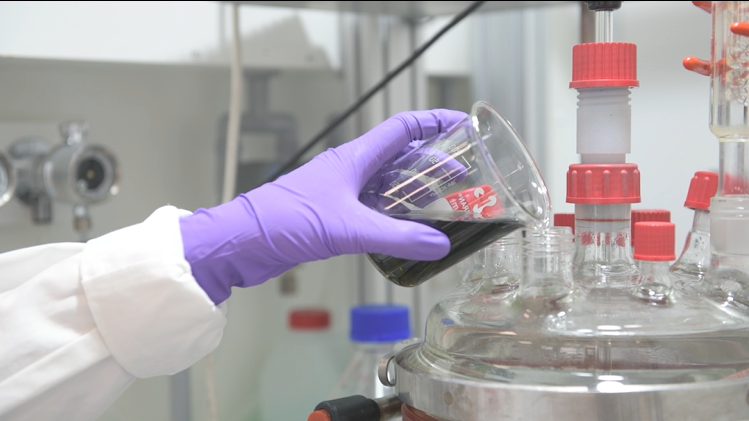Newsletter — 17 Nov 2022
The new issue of the ASTRABAT newsletter is out!
Dear Reader,
thanks to the improved sanitary situation, in 2022 we have finally been able to attend international events and share our first results. ASTRABAT was invited by the European Commission to give a talk to the H2020RTR21 meeting in Brussels and an event was organised in collaboration with i-HeCOBATT project Networking days on EV batteries at Valencia (Spain).
In the last months, we’ve been working on several fronts, including the formulation of electrode and electrolyte materials. Project partners DAIKIN, FhG-IKTS, LEITAT and CEA have manufactured hybrid ceramic and polymer membranes. Before this, they had to check if these materials were compatible with one another so that they can be integrated into ASTRABAT’s cells. We’ve developed a formulation for the printing process for the electrodes and the electrolyte based on hybrid ceramic and polymer (University of Limoges, FhG-IKTS). And CEA has completed the modelling of the optimised cell architecture, the results of which will be used for cell production.

As part of our project, we aim to upscale the fabrication process of the batteries. Partner Yunasko has adjusted the impregnation of the polymer electrolytes into the electrodes. In parallel, Leclanché has explored three aspects of the upscaled production line design: the process itself, the cell assembly and the quality control. We’ve further improved the printing process for the cathode ink that we’ve already developed. Additionally to the planar layers printing, pillars have been obtained with the same technique and characterized (see picture). We will also be testing other shapes (walls, honeycombs) in line with the modelling results and will assess the electrochemical performances of these batteries in the coming months.

Finally, during this year we have given voice to some of our partners to discover more about some topical issues linked to the re-use and recycling opportunities of Lithium-ion batteries and to the challenges and outlook for a fully electric vehicle market in Europe.
During the next months, we will continue working on our goal to develop the innovative ASTRABAT cell to boost battery manufacturing in Europe from 2023. Stay tuned to our Twitter and LinkedIn profiles not to miss any updates.
Enjoy your reading!
Sophie Mailley
Commissariat à l’Energie Atomique et aux Energies Alternatives (CEA)
ASTRABAT Project Coordinator
View ASTRABAT’s Newsletter #3 in your web browser



